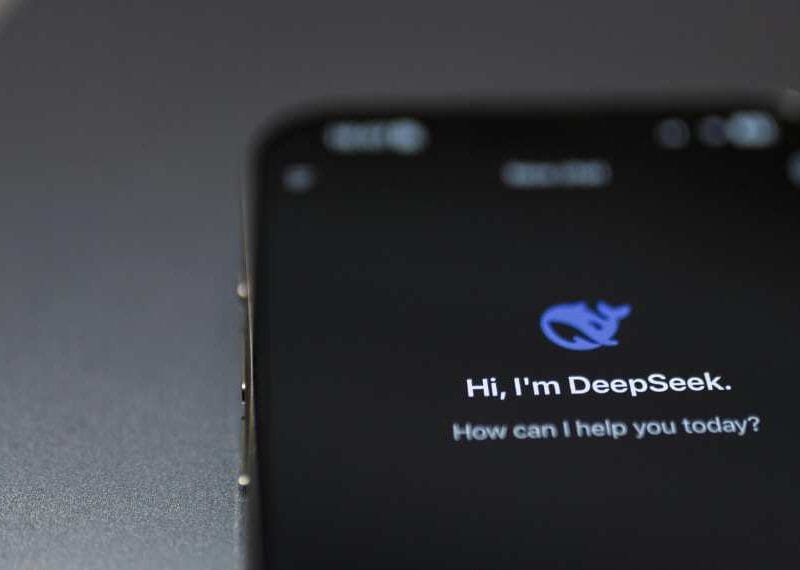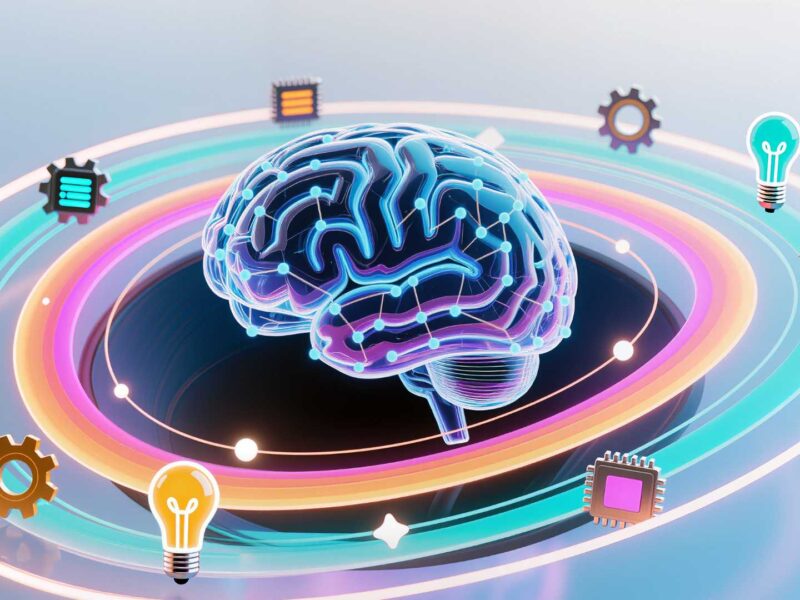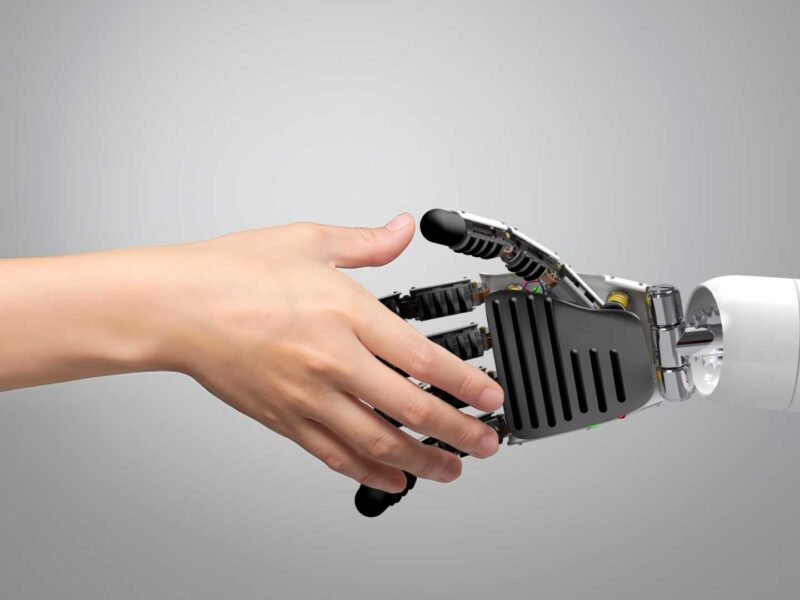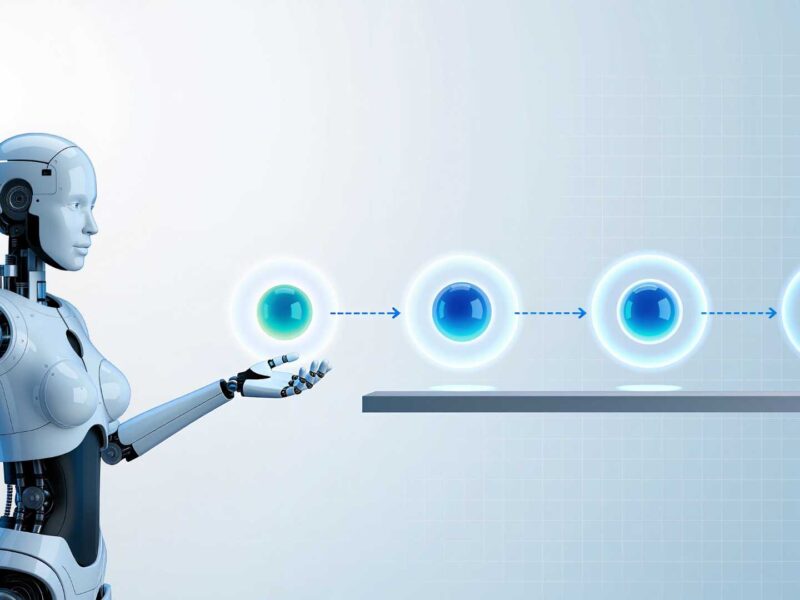When Chatbots Fall Short: The Key Trigger for AI Agent Intervention
In the evolving landscape of conversational commerce and customer support, chatbots have become a ubiquitous first point of contact.
However, as customer expectations for personalized, intelligent, and context-aware interactions grow, the limitations of a simple, rule-based chatbot are becoming increasingly apparent.
The critical question for leaders, thought leaders, and tech professionals is:
What are the clear, unmistakable triggers that signal a basic chatbot has reached its limit and must yield to a more sophisticated AI agent?
This is a decision with significant implications for customer satisfaction, brand trust, and operational efficiency.
This Techronicler article compiles invaluable insights from industry leaders, revealing the key signals—from customer frustration and complex queries to emotional cues and project complexity—that demand a strategic upgrade to a more intelligent AI solution.
Read on!
AI Agents: Resolution Over Information
The Critical Moment: Every customer service manager faces this moment: Your chatbot dashboard shows green metrics, but customer satisfaction scores plummet. What triggers the urgent need to evolve from chatbots to AI agents?
The Illusion of Success: Here’s the uncomfortable truth: Traditional metrics lie. A chatbot that answers 95% of queries is useless if it drives away your best customers. Modern consumers demand resolution and personalized assistance that remembers their history and takes meaningful action.
The Red Alert Signal: The pivotal trigger arrives when customer interactions require multi-step problem resolution with contextual memory. For a delayed shipment, a chatbot provides tracking; an AI agent would investigate the root cause, process compensation, and schedule proactive notifications. The difference is resolution versus information.
Warning Signs That Demand Immediate Action: An Escalation Rate Crisis occurs when 40-50% of chatbot interactions require human intervention. This signals your chatbot is an expensive question-answering service, not a problem-solving partner.
The Context Amnesia Problem happens when customers repeatedly explain their situations across different touchpoints. Frustration compounds when your system doesn’t remember their history.
Transaction Capability Gaps are when customers frequently request actions your chatbot cannot perform, such as processing returns or scheduling appointments. These gaps signal you’ve outgrown basic automation.
The Competitive Pressure Threshold is met when competitors offer seamless, intelligent support while you’re still answering basic questions. The experience gap becomes a business liability.
Beyond the Tipping Point: The transition to AI agents transforms success metrics. You shift from measuring deflection rates to resolution rates, response speed to satisfaction depth, and cost reduction to value creation. Smart organizations get ahead of customer expectations rather than simply responding to complaints. In customer service, being reactive means being too late.

Supratim Sircar
Software Engineer, Cisco
Urgency Signals When Chatbots Must Yield to AI
As soon as the word urgency has to be mentioned into the equation, whether it is frustration, deadline pressure or anything related to compliance, that is when a plain chatbot should make way.
The easiest way to identify it is when a customer stops selecting options and starts writing in a freeform message. I need this issue solved immediately or this impacts our audit.
This has been the case in what we do with enterprise users who deal with sensitive information & transfer of assets. Context-free automation can do more damage than good when the tone is considered time-sensitive or emotionally-oriented. It has a tendency to stall a situation or blow out of proportion.
An AI agent instead is capable of determining urgency cues, prioritizing the inquiry & acting with logical responses that are in line with the situation. It not only switches its judges as well. Such a change is not only efficiency related, it safeguards relationships, more so in high-trust industries such as ours.

Gene Genin
CEO, OEM Source
Reactive Chatbots vs. Proactive AI Agents
Chatbots are reactive and AI agents are pro-active.
When a process depends on external factors, independent of customer actions, this is a clear indicator to look for an agent-based approach.
Customer Workarounds Signal Need for AI Solutions
One of the clearest signals we’ve seen across client projects is when customers stop engaging through the chatbot — and start working around it.
They move to social DMs, tag account managers by name, or try email just to get heard. That’s not a UX issue — it’s a sign the system isn’t meeting the complexity or emotional tone of the request.
At launchOptions, we’ve worked on both chatbot flows and more adaptive, context-aware AI solutions. What we’ve learned is this: the problem usually isn’t the chatbot itself, but what it’s being asked to handle.
A structured bot works well within limits. But once the conversation gets layered — with context, memory, or emotional weight — that’s where scripted logic breaks down.
The shift to AI agents isn’t just about smarter tools. It’s about helping people feel understood, not just processed. When that becomes your priority, the decision to move forward becomes much easier.
Chatbots Fail; AI Agents Handle Complexity
One thing that clearly showed us the need for change was how often guests asked for custom plans. Depending on the weather or time of day, someone might want to mix a farm walk with lunch at the Brasserie. Our chatbot could not manage that level of detail. It could not check what was available or match it with live conditions.
AI agents completely changed that. They could check availability, adjust to weather updates, and suggest the best time to do activities. For a destination that puts so much care into planning, it made sense to reflect that same thoughtfulness online. Now, guests get the same personal service whether in person or through digital tools.

Lord Robert Newborough
Owner, Rhug
Annoyed Customers Signal Need For Smarter AI
A major sign that you need to swap out simple chatbots for smarter AI helpers is when customers get annoyed when asking tricky stuff.
If people leave chats before they’re done or keep asking for a real person, that’s a big warning. This usually happens because basic chatbots can’t grasp what people really want, leading to problems and unhappy customers.
AI helpers, which use language processing and remember past conversations, can solve complicated problems more naturally, which cuts down on people leaving and boosts customer trust.
At iNet Ventures, we noticed that support requests dropped by 38% after we put in place an AI assistant that could handle in-depth questions about getting clients started—the chatbots just couldn’t do it well.
If a chatbot starts to make things harder for customers instead of easier, it’s time to get something better.

James Allsopp
Founder, Ask Zyro
AI Detects Bad Feelings, Triggers Proactive Help
With my real-time monitoring customer sentiment score, I will be able to see an abrupt drop below a specified threshold across multiple interactions, indicating an escalation point, which I will trigger for a seamless and proactive AI handoff.
This trigger will allow us to attend to emotional frustration before it spills over into public complaints.
I program the system to flag the query repeated more than thrice without resolution for upgrading to an autonomous agent call.
The autonomous AI agent would then provide context-aware problem solving and human-like empathy using prior conversation data.
This reduces escalation response times by as much as 40% and proactively increases customer satisfaction from varied support levels at a higher level.

Luca Dal Zotto
Co-founder, LLM API
Complexity is The Biggest Trigger for AI Agents
The biggest trigger is complexity.
When customer queries go beyond basic FAQs like “Where’s my order?” and start demanding nuanced, context-aware responses, that’s the signal your business has outgrown chatbots. A chatbot can handle repetitive, rule-based tasks, but the moment customers expect personalized advice, multi-step problem-solving, or emotional intelligence, it’s game over for bots.
This is where AI agents like a Delphi clone step forward. These agents leverage advanced NLP (Natural Language Processing), memory, and contextual understanding to hold dynamic, human-like conversations. They don’t just answer, they adapt, learn, and even predict needs. For example, a SaaS company scaling globally might face a 10x increase in support tickets in multiple languages.
A chatbot would crumble under that load while an AI agent could triage, resolve, and escalate seamlessly.
The trigger is clear: when customer experience becomes a competitive edge (and isn’t that the case for everyone?) “good enough” bots are costing you loyalty and revenue. That’s when you level up.
I will also add that AI clone agents bring another important advantage in that the jobs to create them are ideal for people with speaking disabilities. The text or audible voice file it creates is a very literal way to give a voice and a stronger professional role to these individuals who are sidelined in traditional jobs. This technology is a boon to those workers as well.

Peter Swain
Futurist & AI Technologist, Peter Swain
Rephrasing Shows Your Chatbot is Failing
Customer rephrasing is one of the triggers that I have witnessed on multiple occasions. The first sign that the chatbot is not getting the intent of the question being asked is when users begin to pose the same question over and over again but in slightly different ways.
By this time it is no longer simple questions that you are handling but frustration. It is then that a static chatbot should make room. Agents driven by AI can be trained using contextual memory and dynamic intent parsing which allows identifying the conversational patterns and making real-time adjustments.
We tracked a statistically significant decrease in user abandonment at AlgoCademy following the introduction of such agents, about 28 percent lower on sessions where prior to the introduction of the agents, rephrasing was prevalent. It is all about understanding when automation is no longer useful, but is rather noise. It is there that intelligent escalation comes in.

Mircea Dima
CEO, CTO, Founder & Software Engineer, AlgoCademy
On behalf of the Techronicler community of readers, we thank these leaders and experts for taking the time to share valuable insights that stem from years of experience and in-depth expertise in their respective niches.
If you wish to showcase your experience and expertise, participate in industry-leading discussions, and add visibility and impact to your personal brand and business, get in touch with the Techronicler team to feature in our fast-growing publication.













